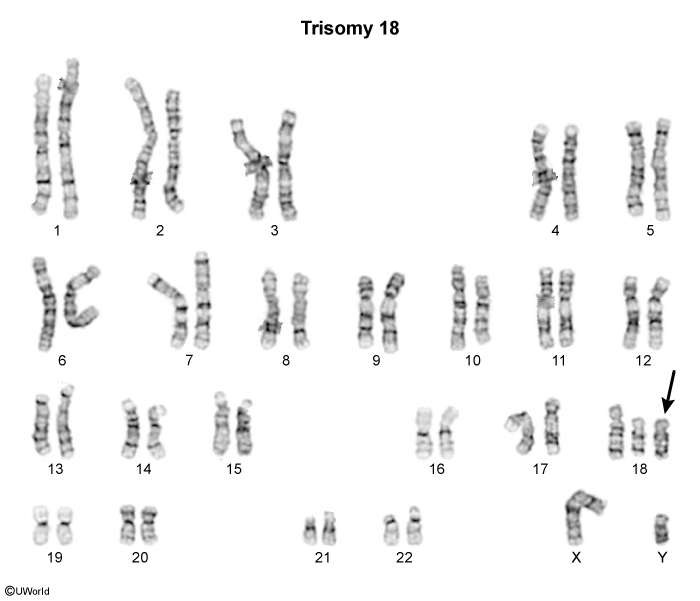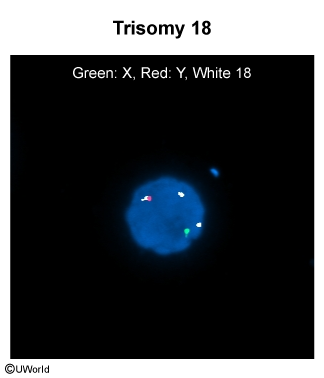Trisomy 18 (Edwards Syndrome)
Article Sections
Introduction
Trisomy 18 (Edwards syndrome) is a chromosomal disorder characterized by the presence of 3 copies of chromosome 18. It is the second most common autosomal trisomy (after trisomy 21) and is associated with severe congenital anomalies, severe intellectual disability, and high neonatal mortality.
Pathogenesis and risk factors
Normally, homologous chromosomes separate during meiosis, resulting in 4 gametes with 1 copy of each chromosome. However, in meiotic nondisjunction, a pair of homologous chromosomes fail to separate, resulting in 4 gametes with 0, 1, or 2 copies of the chromosome in each gamete (Figure 1). If the gamete with 2 copies of the chromosome is fertilized by a gamete with 1 copy of the chromosome, then the zygote has 3 copies of the chromosome. Maternal meiotic nondisjunction
Continue Learning with UWorld
Get the full Trisomy 18 (Edwards Syndrome) article plus rich visuals, real-world cases, and in-depth insights from medical experts, all available through the UWorld Medical Library.
Figures
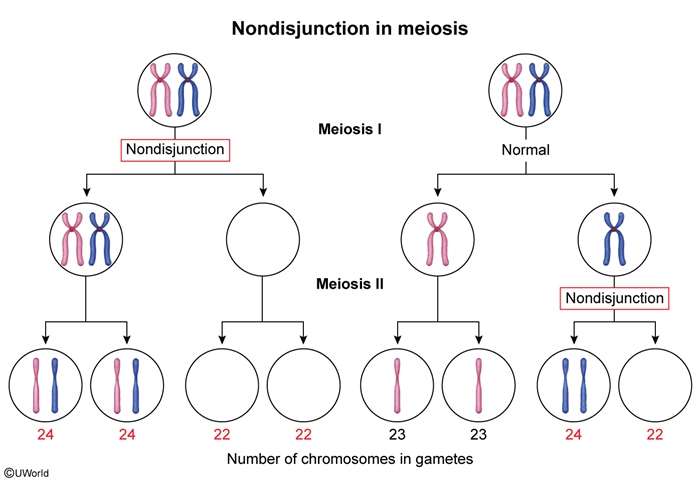
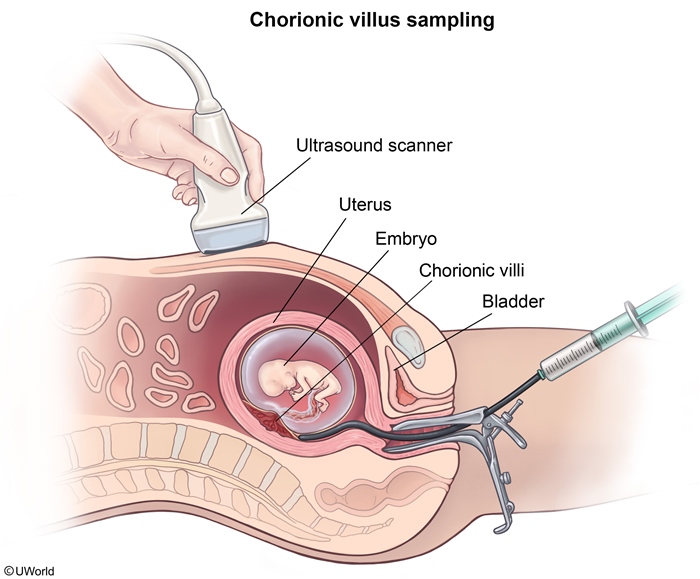
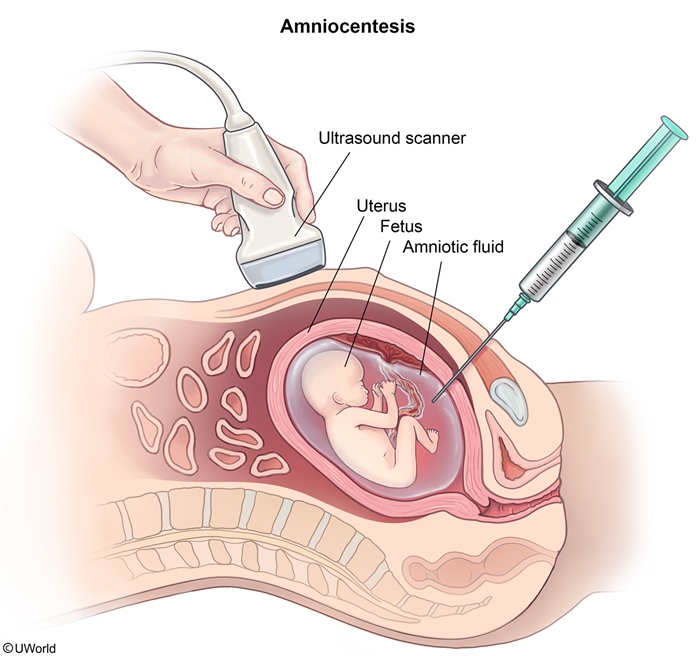
Images
